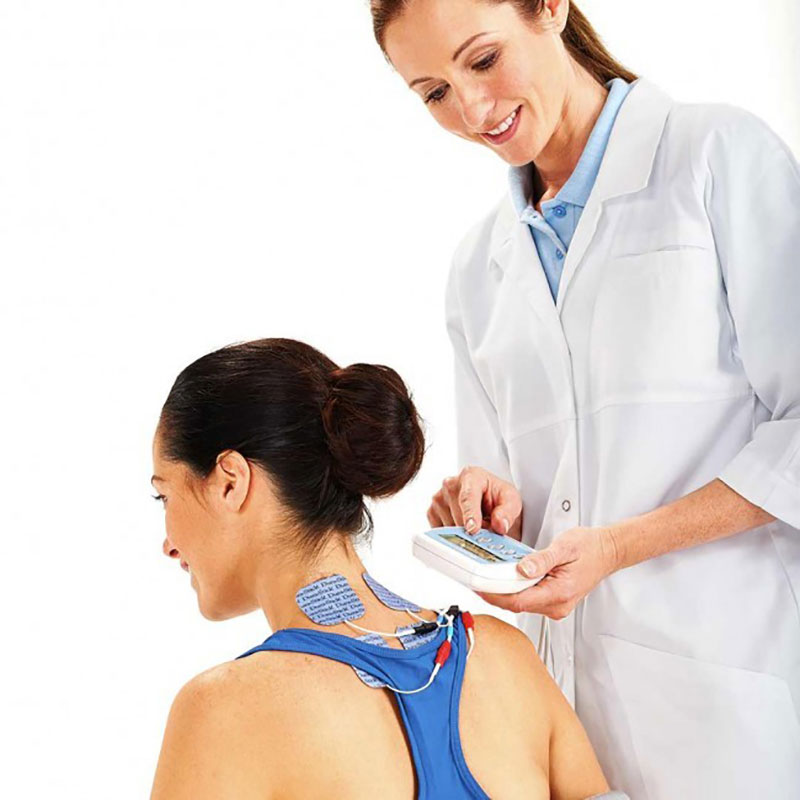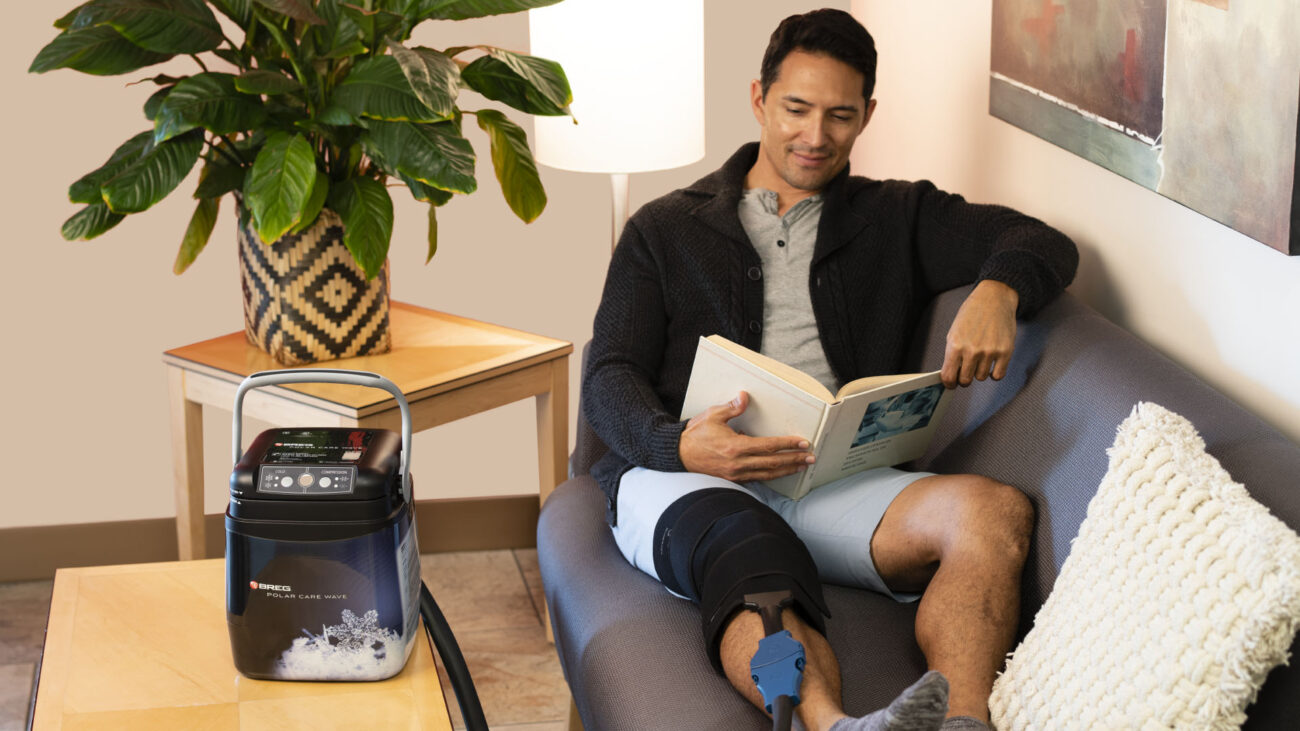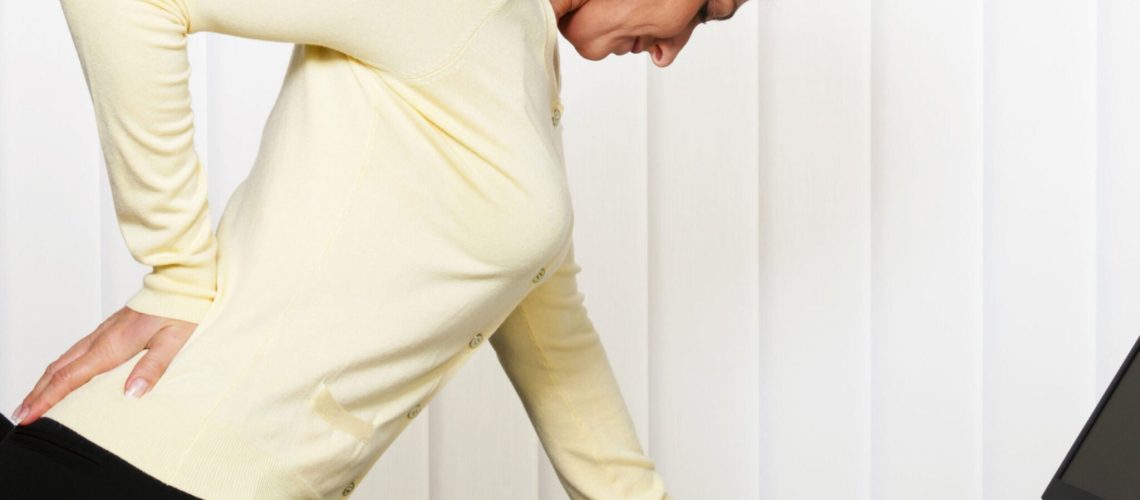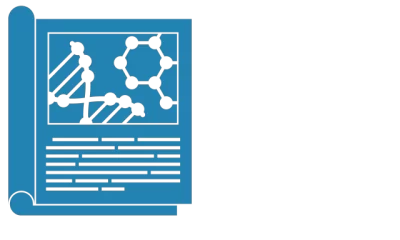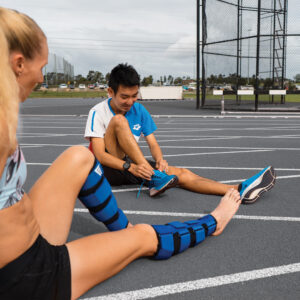Spinal Stenosis describes the decreasing size of the spaces of the spine. Central stenosis describes the narrowing of the central spinal canal. Usually this is due to arthritis of the lumbar spine causing degenerative changes, osteophytes, and/or bone spurs.
In central stenosis, symptoms may will occur in both limbs. Foraminal stenosis is often used to describe the narrowing of the spine’s lateral spaces, where nerve roots exit. Foraminal stenosis will usually involve symptoms down one limb.
Degenerative Disc Disease (DDD) often accompanies arthritis of the spine and spinal stenosis. DDD is when the discs between the vertebrae start to thin and bulge in certain areas. There is not as much moisture. This is one reason we tend to get shorter as we age. This in turn causes the vertebrae to become closer together putting stress on the joints between the vertebrae.
Often patients with spinal stenosis, arthritis and/or DDD will find symptoms increase bending backwards (extension of the spine), walking, and standing and improve with sitting, lying down or bending forward. Diagnosis of spinal stenosis often involves medical imaging such as an x-ray.
Physiotherapy focuses on flexion-based exercises, general spinal mobility, core stability, lumbar traction, hip mobility and hip strengthening. Here is an example of some physiotherapy exercises for lower back arthritis. Talk to your health care professional to see if these exercises are right for you!
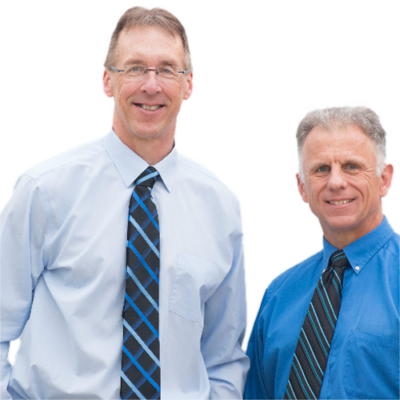

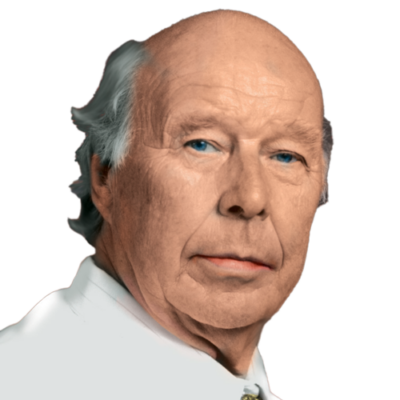

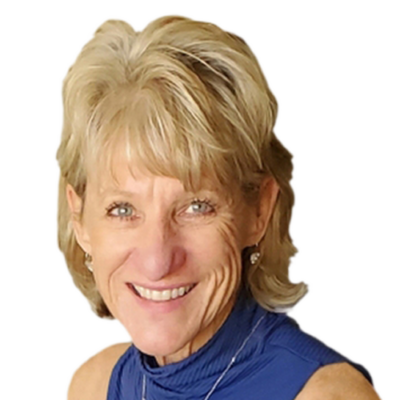

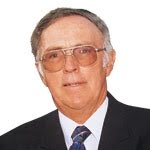





 Ask A Question
Ask A Question
 Tax Exempt Shopping
Tax Exempt Shopping
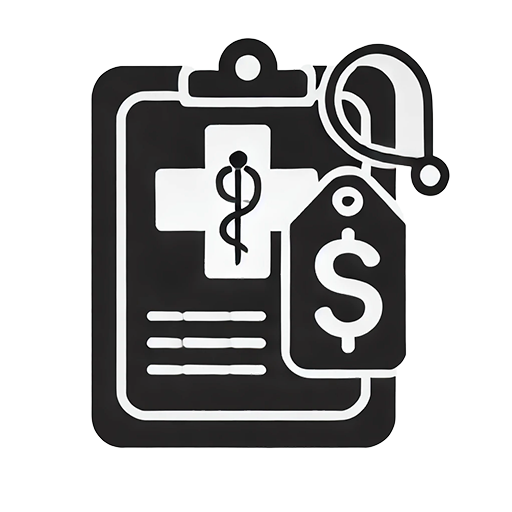 Get Clinical Pricing
Get Clinical Pricing
 Affiliate Program
Affiliate Program
 Retail Stores
Retail Stores
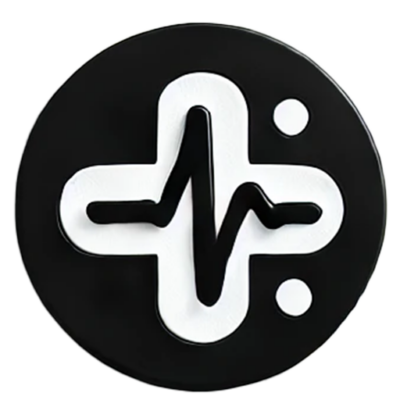 Health Hub
Health Hub
 Shipping Policy
Shipping Policy
 Returns/Exchanges
Returns/Exchanges
 About Us
About Us
 Contact Us
Contact Us
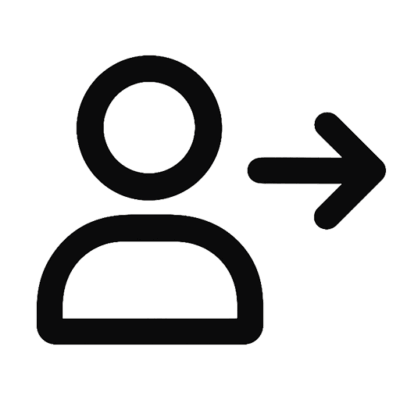 Login | Register
Login | Register

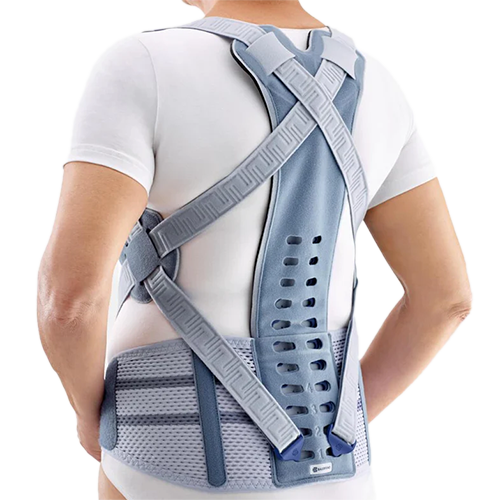
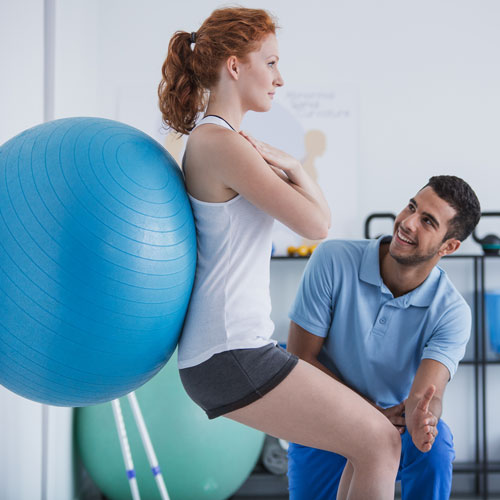

 BIOFLEX P120 Light Therapy System
BIOFLEX P120 Light Therapy System
